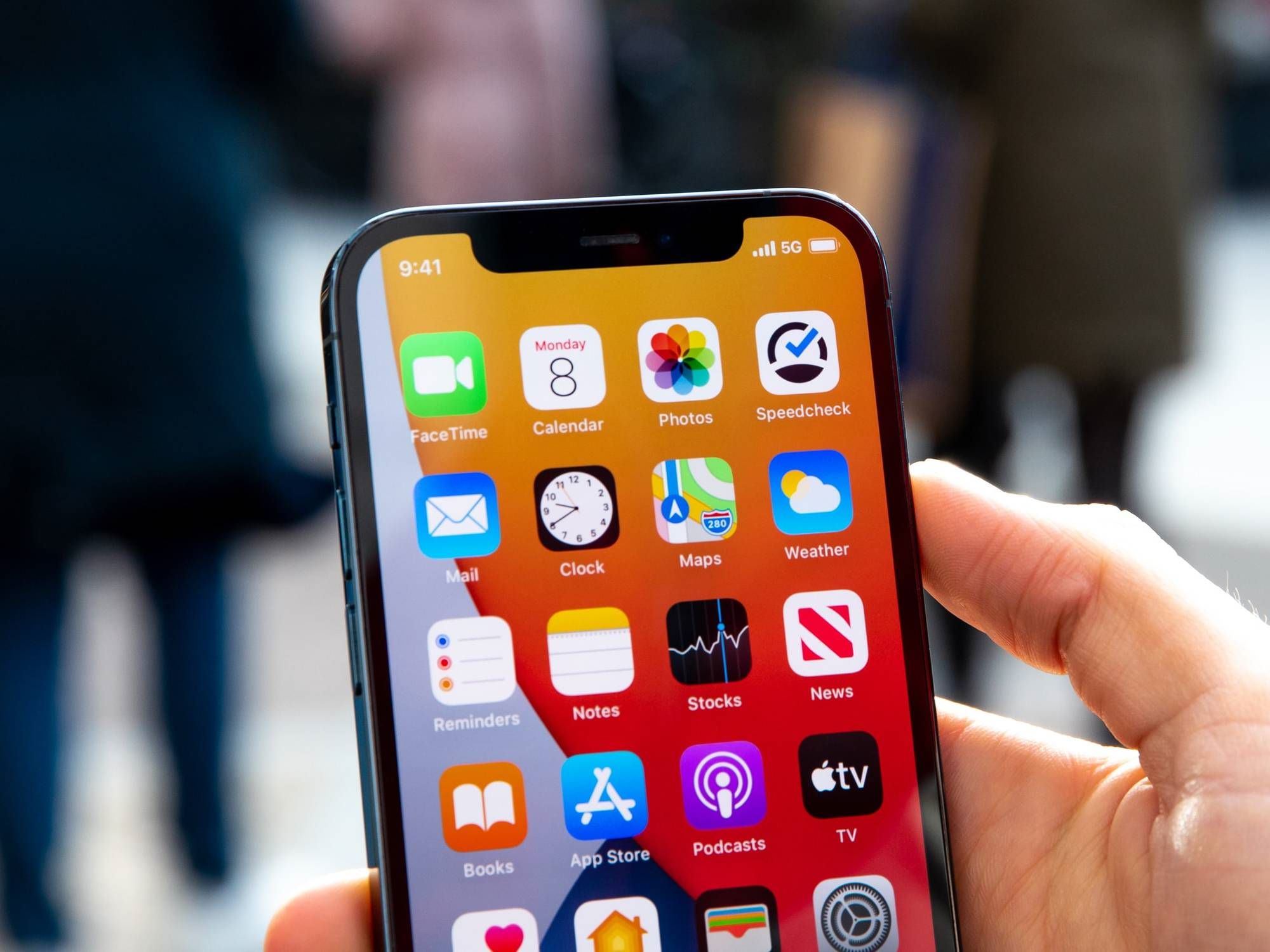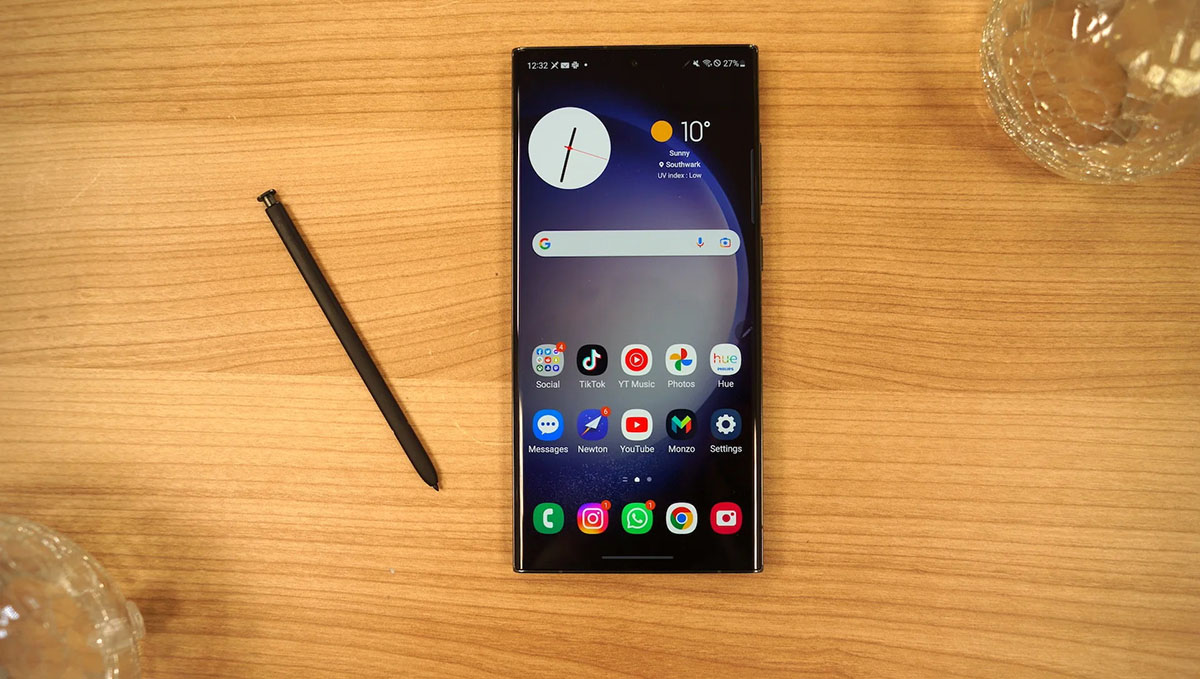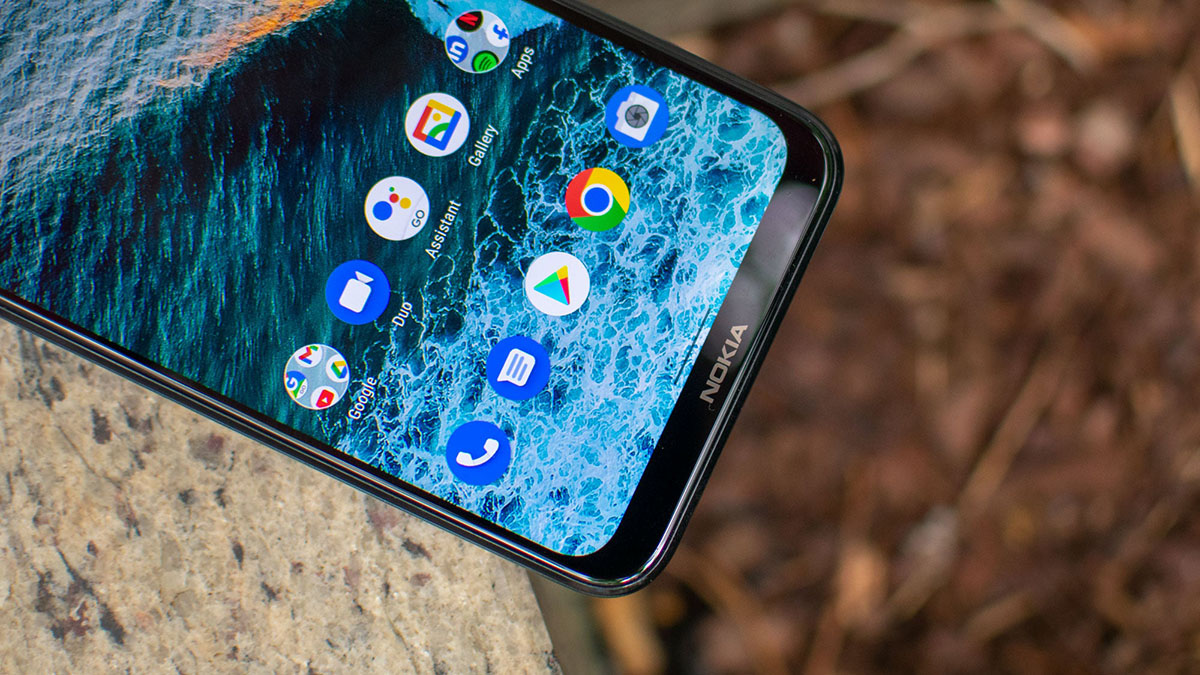Introduction
In the fast-paced world of mobile technology, 5G has emerged as a game-changing innovation, promising lightning-fast connectivity and revolutionary capabilities. However, while 5G offers remarkable potential, there are instances where users may prefer to disable this advanced network technology. This article delves into the intricacies of 5G technology and explores the process of disabling 5G on the Pixel 5, a popular Android smartphone. By understanding the benefits and potential drawbacks of this action, users can make informed decisions about their mobile connectivity preferences.
The advent of 5G technology has ushered in a new era of connectivity, characterized by unprecedented speed and efficiency. With the ability to transmit data at remarkable rates, 5G has the potential to transform various industries and enhance the way people interact with their mobile devices. However, despite the numerous advantages of 5G, some users may find themselves in situations where they prefer to disable this advanced network technology.
The Pixel 5, a flagship device from Google, is equipped with 5G capabilities, allowing users to experience the benefits of this cutting-edge technology. Nevertheless, there are scenarios where individuals may opt to disable 5G on their Pixel 5, whether it's to conserve battery life, address compatibility issues, or simply to have more control over their network preferences.
By exploring the process of disabling 5G on the Pixel 5, users can gain valuable insights into managing their device's connectivity settings. This article aims to provide a comprehensive understanding of 5G technology, the steps involved in disabling 5G on the Pixel 5, as well as the potential benefits and drawbacks associated with this decision.
As the mobile landscape continues to evolve, it's essential for users to have a nuanced understanding of the technologies at their disposal. By delving into the intricacies of 5G and its implications for the Pixel 5, individuals can make informed choices that align with their unique preferences and requirements.
Understanding 5G Technology
5G technology represents the fifth generation of mobile network connectivity, succeeding its predecessors, including 4G LTE. This advanced network technology is designed to deliver significantly faster data speeds, lower latency, and enhanced capacity compared to its predecessors. The key features of 5G technology include:
-
Speed and Bandwidth: 5G technology offers remarkable data transfer speeds, enabling users to download and upload content at unprecedented rates. With the potential to reach multi-gigabit per second speeds, 5G facilitates seamless streaming, rapid file transfers, and immersive online experiences.
-
Low Latency: One of the defining characteristics of 5G is its low latency, which refers to the minimal delay in data transmission. This feature is particularly advantageous for real-time applications, such as online gaming, video calls, and autonomous vehicles, where instantaneous responsiveness is crucial.
-
Enhanced Capacity: 5G networks are designed to accommodate a significantly higher number of connected devices within a given area. This increased capacity is essential for supporting the growing ecosystem of Internet of Things (IoT) devices and ensuring consistent connectivity in densely populated areas.
-
Network Slicing: 5G technology introduces the concept of network slicing, allowing operators to create multiple virtual networks within a single physical infrastructure. This capability enables tailored network configurations to meet the diverse requirements of different applications and services.
-
Potential for Innovation: The advent of 5G technology has sparked innovation across various industries, including healthcare, manufacturing, transportation, and entertainment. With its high-speed, low-latency connectivity, 5G has the potential to drive transformative advancements, such as remote surgery, smart factories, autonomous vehicles, and immersive augmented reality experiences.
-
Millimeter Wave Spectrum: 5G networks utilize a wider spectrum of frequencies, including millimeter wave bands, to transmit data. This spectrum expansion enables higher data capacity and faster speeds, albeit with a shorter range compared to lower frequency bands.
Understanding the capabilities and implications of 5G technology is essential for users seeking to leverage its benefits while also considering their individual preferences and requirements. As 5G continues to proliferate, it is crucial for users to stay informed about its potential impact on their mobile experiences and the broader technological landscape.
Disabling 5G on Pixel 5
Disabling 5G on the Pixel 5 involves adjusting the device's network settings to prioritize or exclusively utilize 4G LTE connectivity. While the Pixel 5 is equipped with 5G capabilities, users may have specific reasons for opting to disable this advanced network technology. Whether it's to conserve battery life, address compatibility concerns, or simply to have more control over their network preferences, the process of disabling 5G can provide users with greater flexibility in managing their device's connectivity.
To disable 5G on the Pixel 5, users can navigate to the device's settings and access the network or connectivity options. Within these settings, there is typically an option to select the preferred network type, allowing users to choose between 5G, 4G LTE, or other available network modes. By selecting 4G LTE as the preferred network type, users can effectively disable 5G connectivity on their Pixel 5, ensuring that the device operates exclusively on the 4G network.
By disabling 5G, users may experience certain benefits, such as improved battery life, especially in scenarios where 5G coverage is limited or inconsistent. Since 5G connectivity can consume more power compared to 4G LTE, disabling 5G may contribute to extended battery performance, particularly in situations where users primarily rely on 4G networks for their mobile activities.
Additionally, disabling 5G on the Pixel 5 can be advantageous in addressing compatibility issues that may arise in areas with varying network infrastructure. In some instances, users may encounter challenges with 5G connectivity, such as signal instability or limited coverage, prompting them to prioritize 4G LTE for a more reliable and consistent network experience.
Furthermore, by disabling 5G, users can exercise greater control over their device's network preferences, tailoring their connectivity settings to align with their specific needs and circumstances. Whether it's for optimizing network stability, conserving battery life, or addressing compatibility concerns, the ability to disable 5G empowers users to customize their mobile experience according to their preferences.
In essence, the process of disabling 5G on the Pixel 5 offers users the flexibility to manage their device's connectivity in a manner that best suits their individual requirements. By understanding the steps involved in disabling 5G and the potential benefits it offers, users can make informed decisions about their network preferences, ensuring a tailored and optimized mobile experience.
Benefits of Disabling 5G
Disabling 5G on the Pixel 5 can yield several notable benefits for users seeking greater control and optimization of their mobile connectivity. By prioritizing or exclusively utilizing 4G LTE connectivity, individuals can experience enhanced performance, improved battery life, and greater flexibility in managing their network preferences.
One of the primary benefits of disabling 5G is the potential for improved battery life. While 5G technology offers remarkable speed and efficiency, it can also consume more power compared to 4G LTE, particularly in areas with limited or inconsistent 5G coverage. By disabling 5G and operating on the 4G network, users may notice extended battery performance, especially in scenarios where 5G connectivity is not essential for their immediate mobile activities. This can be particularly advantageous for individuals who prioritize prolonged battery life and seek to optimize the power efficiency of their Pixel 5.
Additionally, disabling 5G can address compatibility concerns and network stability issues that users may encounter in certain environments. In instances where 5G coverage is limited or where users experience signal instability, prioritizing 4G LTE can provide a more reliable and consistent network experience. This is especially relevant in areas with diverse network infrastructure, where the seamless transition to 4G LTE can ensure uninterrupted connectivity and a smoother mobile experience.
Furthermore, the ability to disable 5G empowers users to exercise greater control over their device's network preferences, aligning their connectivity settings with their specific needs and circumstances. Whether it's for optimizing network stability, conserving battery life, or addressing compatibility challenges, the flexibility to disable 5G enables users to tailor their mobile experience according to their individual requirements. This level of customization ensures that users can adapt their device's connectivity to suit their preferences, ultimately enhancing their overall mobile experience.
By considering these benefits, users can make informed decisions about whether to disable 5G on their Pixel 5, taking into account their unique priorities and the prevailing network conditions in their usage environments. Ultimately, the ability to disable 5G provides users with the flexibility to optimize their device's connectivity, ensuring that their mobile experience is tailored to meet their specific needs and preferences.
Potential Drawbacks
While disabling 5G on the Pixel 5 can offer various benefits, it's important to consider the potential drawbacks associated with this action. By prioritizing or exclusively utilizing 4G LTE connectivity, users may encounter certain limitations and trade-offs that warrant careful consideration.
One of the primary drawbacks of disabling 5G is the potential impact on network performance and speed. 5G technology is renowned for its remarkable data transfer speeds and low latency, enabling users to experience seamless streaming, rapid downloads, and real-time responsiveness. By opting to disable 5G and relying solely on 4G LTE, users may notice a difference in the speed and responsiveness of their network connectivity, particularly in areas with robust 5G coverage. This trade-off between speed and battery life is a crucial consideration for users who prioritize network performance and rely on the high-speed capabilities of 5G for their mobile activities.
Additionally, disabling 5G may limit users' access to the full range of capabilities and innovations associated with this advanced network technology. As 5G continues to drive transformative advancements across various industries, including healthcare, manufacturing, and entertainment, users who disable 5G may miss out on emerging applications and services that leverage the high-speed, low-latency connectivity of 5G networks. This limitation could impact users who seek to explore and benefit from the latest technological innovations made possible by 5G.
Furthermore, the decision to disable 5G may introduce complexities in managing network preferences, especially in dynamic usage environments. In scenarios where users transition between areas with varying network infrastructure, the manual adjustment of network settings to enable or disable 5G can be cumbersome and may require ongoing attention. This potential inconvenience in managing network configurations could pose challenges for users seeking a seamless and effortless mobile connectivity experience.
It's important for users to weigh these potential drawbacks against the benefits of disabling 5G on the Pixel 5, considering their individual priorities and usage patterns. By carefully evaluating the implications of this decision, users can make informed choices that align with their specific needs and preferences, ensuring that their mobile connectivity is optimized to suit their unique requirements.
Conclusion
In conclusion, the decision to disable 5G on the Pixel 5 represents a nuanced choice that hinges on individual preferences, network conditions, and usage requirements. By understanding the intricacies of 5G technology and the implications of disabling this advanced network capability, users can make informed decisions that align with their unique needs and priorities.
The process of disabling 5G on the Pixel 5 empowers users to exercise greater control over their device's connectivity, offering benefits such as improved battery life, enhanced network stability, and the flexibility to tailor their network preferences. By prioritizing or exclusively utilizing 4G LTE connectivity, users can optimize their mobile experience to suit their specific usage environments, ensuring that their device's connectivity aligns with their individual requirements.
However, it's essential for users to carefully consider the potential drawbacks associated with disabling 5G, including the trade-offs in network performance, limitations on accessing 5G-driven innovations, and the complexities of managing network preferences in dynamic usage scenarios. By weighing these considerations against the benefits, users can make well-informed choices that reflect their priorities and usage patterns.
Ultimately, the decision to disable 5G on the Pixel 5 is a personal one, influenced by factors such as network coverage, battery life preferences, and the evolving landscape of 5G-enabled applications and services. As 5G technology continues to evolve and proliferate, users are presented with the opportunity to tailor their device's connectivity to suit their unique needs, ensuring that their mobile experience is optimized and aligned with their individual preferences.
By staying informed about the capabilities of 5G technology, the benefits of disabling 5G, and the potential trade-offs involved, users can navigate their device's connectivity settings with confidence, ensuring that their Pixel 5 delivers a tailored and optimized mobile experience that meets their specific requirements.



















